Regional parts
What are the parts of a shirt?
The second way to answer this question is to divide a shirt into spatial regions. The Shirt Ontology divides Shirt into Collar, Shirt body, Left sleeve, and Right sleeve.
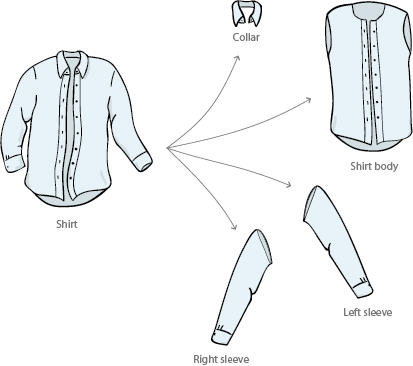
This part relationship can be represented as:
Shirthas regional partCollar, Shirt body, Left sleeve, Right sleeve
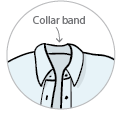 Each of these regional parts has its own regional parts. We will begin
with the regional parts of the class Collar.
Each of these regional parts has its own regional parts. We will begin
with the regional parts of the class Collar.
If you examine a shirt, you will see that the collar consists of two pieces: the collar band (which fits around the neck and stands up) and a part that folds down. The part that folds down is commonly known as a “collar”. This presents a problem in the ontology, because there is already a class named Collar.
We solve this problem by using a simple strategy: add the word “proper” to the region that remains once the region that already has a unique name is accounted for. In this case, we name the classes Collar proper and Collar band

This relationship can be represented as:
Collarhas regional partCollar proper, Collar band
The Shirt body is divided into these regional parts:
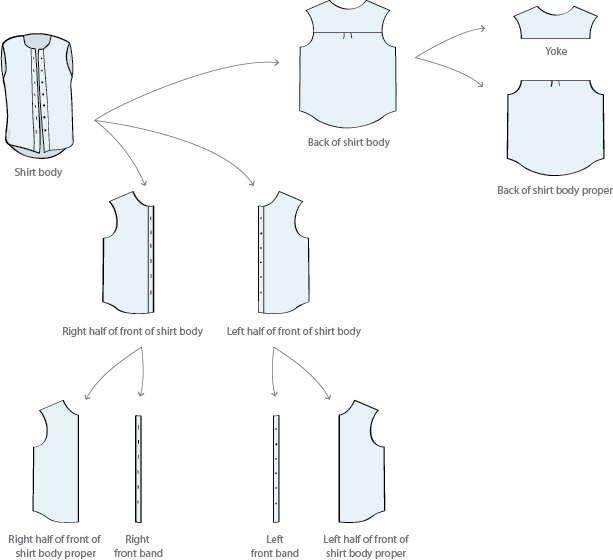
The Right sleeve and Left sleeve are also divided into regional parts:
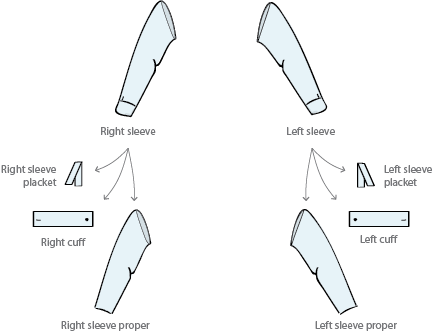
(You may not know what a “sleeve placket” is. There is a slit in the sleeve where the cuff opens. The binding of that slit is the sleeve placket.)
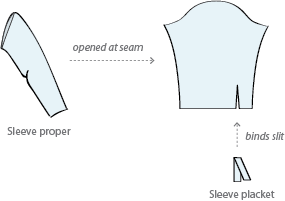
This diagram summarizes all of these regional part relationships for the shirt:
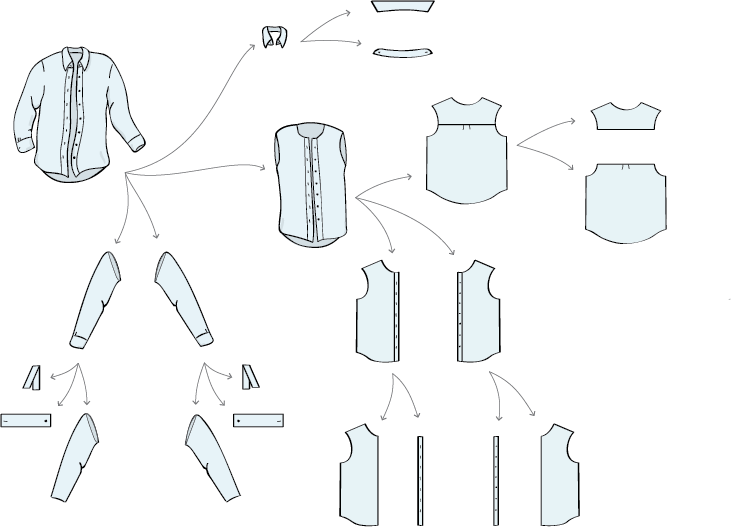
So in summary, there are two ways of partitioning a shirt: (1) the material parts (the types of “ingredients” present), and (2) the regional parts (the spatial divisions of the shirt).
In the FMA
The FMA also defines regional parts. These are the regional parts of the class Brain:
Brainhas regional partForebrain, Midbrain, Hindbrain
The class Hindbrain has its own regional parts:
Hindbrainhas regional partMedulla oblongata, Metencephalon
So in summary, there are two ways of partitioning the human body: (1) the constitutional parts (divisions of compositionally distinct elements), and (2) the regional parts (the spatial divisions of the body).
